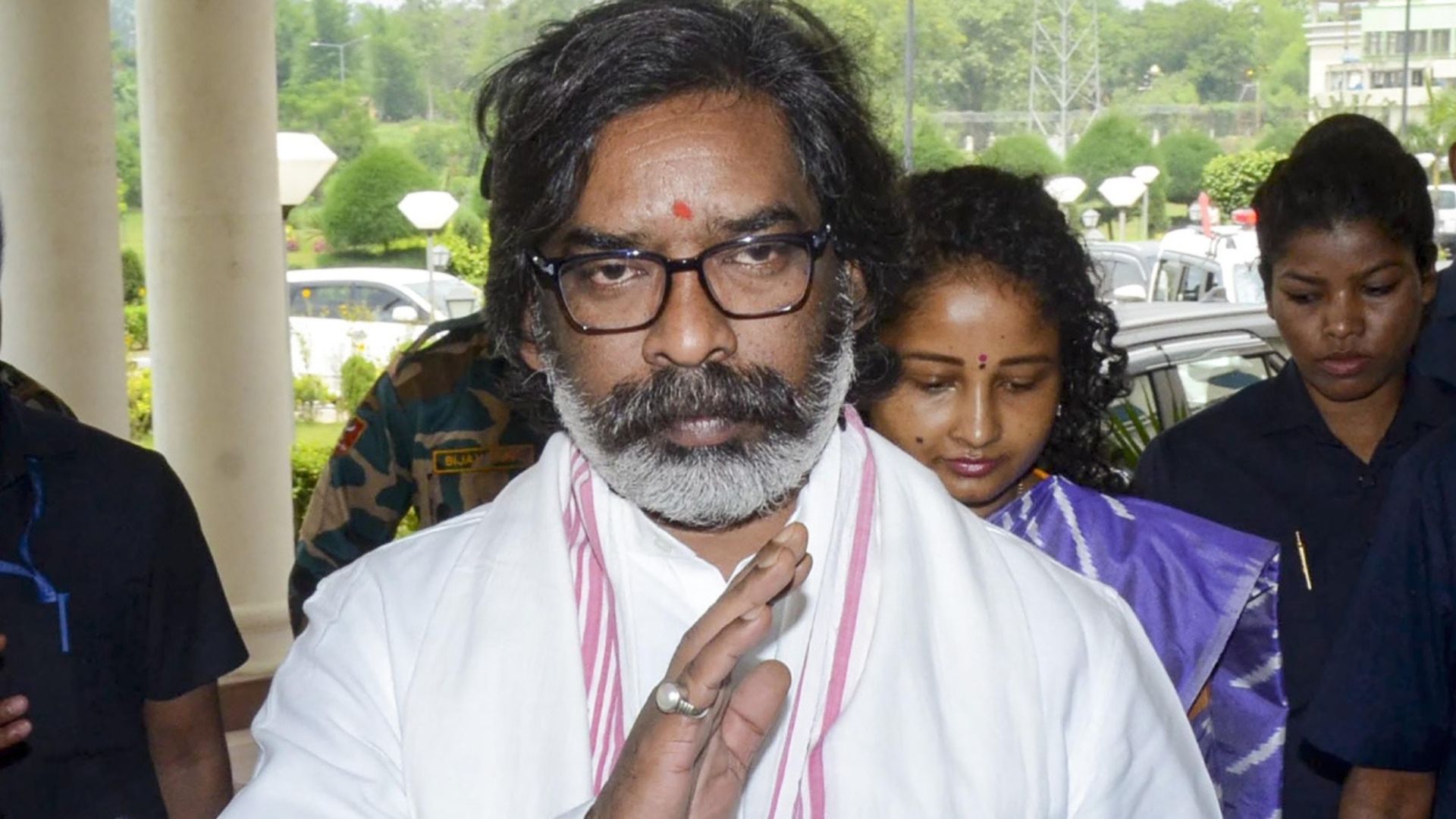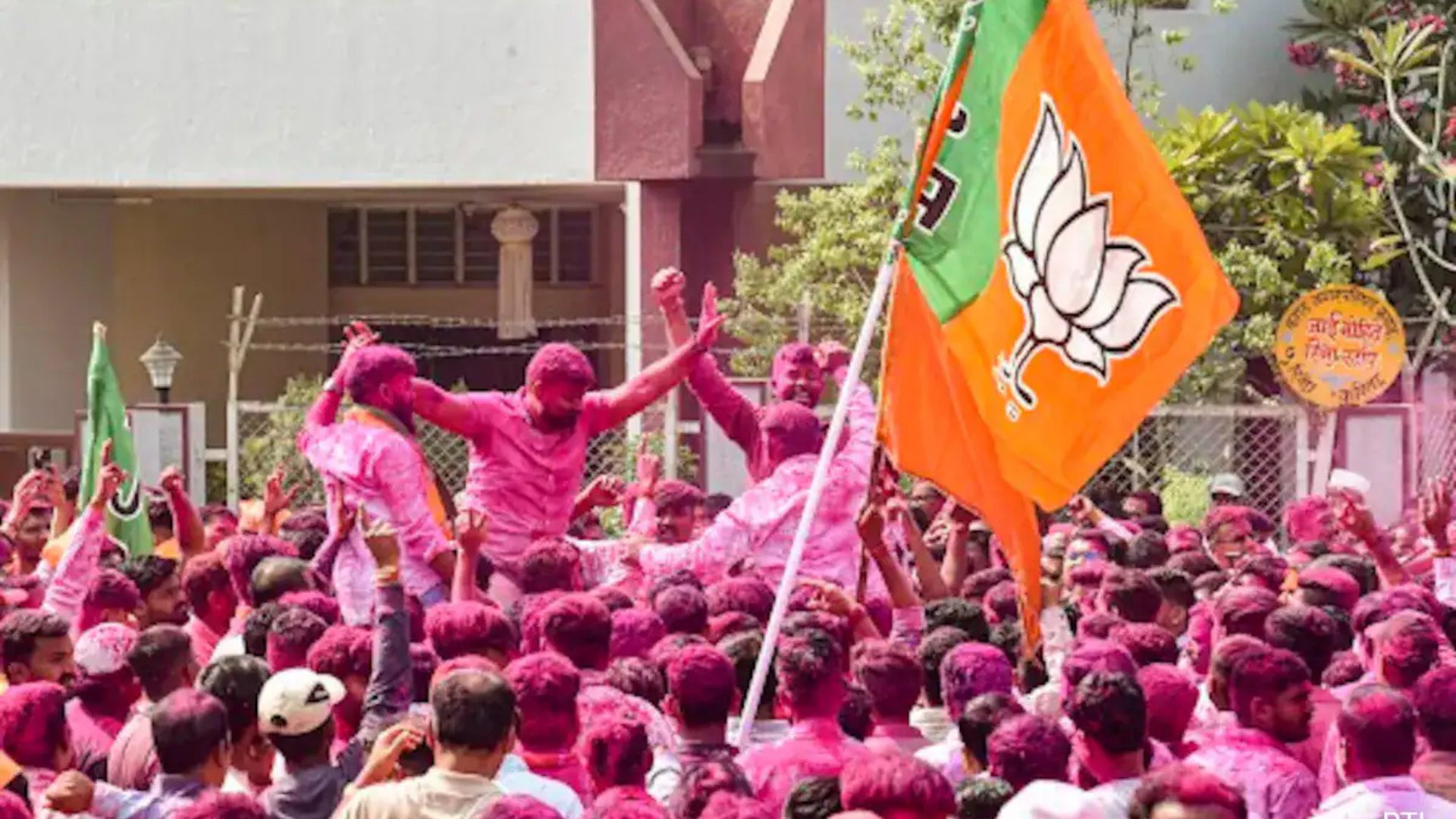
The economic package announced by the Prime Minister to grapple with the fall out of COVID crisis is well intentioned. As a part of this package Rs 90,000 crore have been earmarked for assistance to state-run power distribution companies (DISCOMS). This too is welcome as it will provide some fiscal space to these extremely stressed entities that have been stressed further on account of COVID. However, such space has been given repeatedly in the past but has not been able to take care of perineal crisis that besets the power sector. Ujjwal DISCOM Assurance Yojana (UDAY) was the last such attempt that didn’t travel the distance it should have.
In 2014 when NDA came to power, the power sector was in serious trouble. The Non-Performing Assets (NPAs) amidst the power generating companies were mounting. There was an acute shortage of coal. The Plant Load Factor (PLF) that determined the utilisation of the capacity of power plants was down. Most of the power distribution companies (DISCOM) were in bad shape. UDAY was launched against this backdrop to provide the much- needed relief. It was a brilliant idea. It was a framework (except the monetary package as Gujarat managed it without financial restructuring envisaged in “UDAY”) that had worked in Gujarat. And if any model from Gujarat merited replication in other parts of the country, it was this one that had brought about a turnaround in the power sector in that State. ‘UDAY’ was the instrument created to implement this model in the rest of the country to deliver that.
Under the scheme, States were to take over 75% of DISCOM debts as on 30th September 2015. This was to ease the fiscal burden of the DISCOMs and to ‘improve’ their balance sheets. However, what was even more important was the other part of ‘UDAY’ that didn’t come to be highlighted or pushed. This included critical activities like a reduction of AT&C losses, elimination of ACSACR gap, feeder metering, DT metering etc. The debt transfer was supposed to provide fiscal space and time to DISCOMs to carry out the more critical part that could revive the DISCOMs in the medium term.
Almost all the DISCOMs got on board and utilised the facility of transferring the debt to the State Government. This improved the financial health of DISCOMs and some of them even showed profits. However, it raised the debt burden of the States quite substantially and would hurt them in the near future. Economic Survey of 2018 revealed that “due to these bonds, the State’s Gross Fiscal Deficit to GDP Ratio got increased by 0.7%”. Most of the DISCOMs failed to carry out mandates relating to the reduction of AT&C losses, elimination of ACS-ACR gap and the like. Ironically, out of all UDAY states, 13 states actually reported higher AT&C losses as compared to the previous year.
The focus of ‘UDAY’ was primarily on fiscal restructuring. It was indeed a necessary condition but not a sufficient one. States were ‘mandated’ to carry out the second and more ‘essential’ part of the deal but perhaps the manner in which this part of the ‘mandate’ should have been carried out was not being done. ‘Monitoring’ systems were put in place but the ‘facilitating’ mechanism for the States was not set up. Little effort was made to understand the problems of the States. They could have learned from States like Gujarat (where UDAY had happened well before ‘UDAY’ was launched by the Centre) and tried to replicate its model. A lot of time was spent on fiscal restructuring. Equal, if not more, time should have been spent on understanding how AT&C losses were reduced and how the ACS-ACR gap was reduced in a state like Gujarat and how it could be adopted by other States.
Most of the DISCOMs continued to be in trouble. The fundamental issues remained unaddressed. Moreover, as mentioned earlier, States were saddled with greater debt. On account of such poor financial condition of DISCOMs, no new PPAs were being floated even though there was a demand for power. (Incidentally, the per capita consumption of power in India is one of the lowest in the world and equivalent to the consumption in the late 19th and early 20th century in the US.) There was demand but the DISCOMs did not have the money to buy power. Above all, the more they sold, the more they lost. This ‘lack of demand’, in turn, impacted the health of the power generating companies.
DISCOMs had previously been turned around in India. PM Modi, in his previous capacity as CM Modi had proved that good economics is also good politics. What was really needed to be understood was the intricacies of the Gujarat version of ‘UDAY’ those led to its successful implementation in the State. Separate feeder lines, auditing, strong action against defaulters, and pricing were some of the issues that should have been addressed. Had adequate time and effort been allocated to imbibe these learnings, then the project would not have provided material for media headlines! Officials from other States should have sat down with those from Gujarat and after understanding the ‘how’ of this success story, made out their own modus operandi. There is no doubt that these plans could not have been made in Delhi or monitored from here. Intensive discussions should have been held with all the stakeholders to get them to buy-in. This was critical for the success of not just any but also of this plan. If it could happen in Coal, it could have happened in Power as well. The DISCOMS should and could have been turned around in the interest of the nation. But alas, that was not to be. COVID crisis and the consequent financial assistance by the central government provides yet another opportunity for the DISCOMS to set their house in order. Commitment, indulgence and cooperation are the key. The focus has to shift from hitting the headlines to brass tacks, to making things happen on the ground.
Anil Swarup has served as Secretary, Ministry of Coal. During his tenure the first ever Coal Auctions were conducted. An IAS officer, he has also served as Secretary, Ministry of School Education and as head of the Project Monitoring Group (PMG), which is presently under the Prime Minister’s Office.















